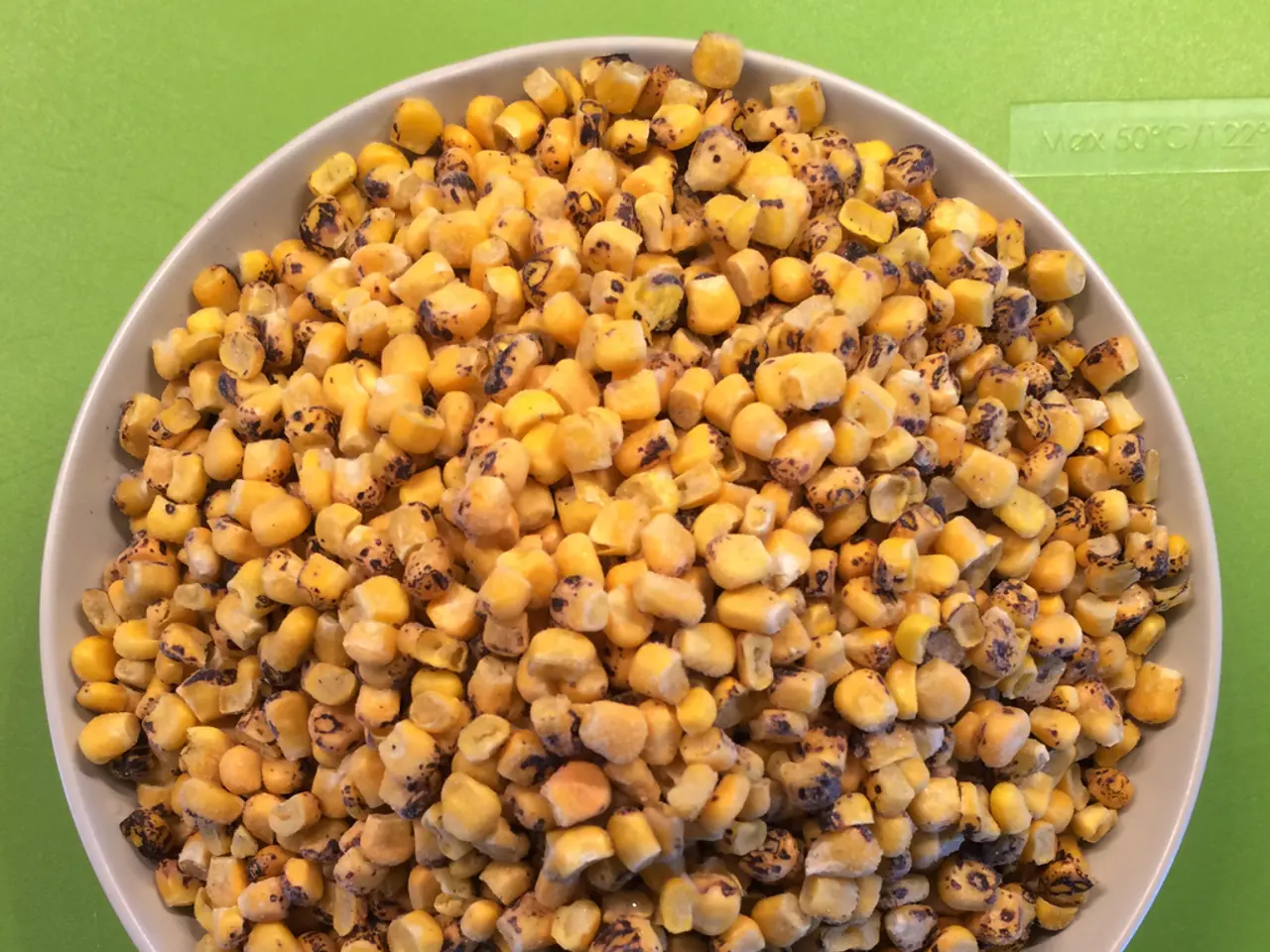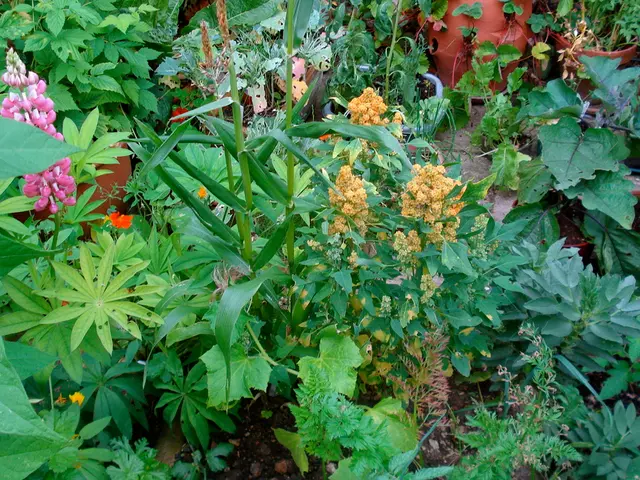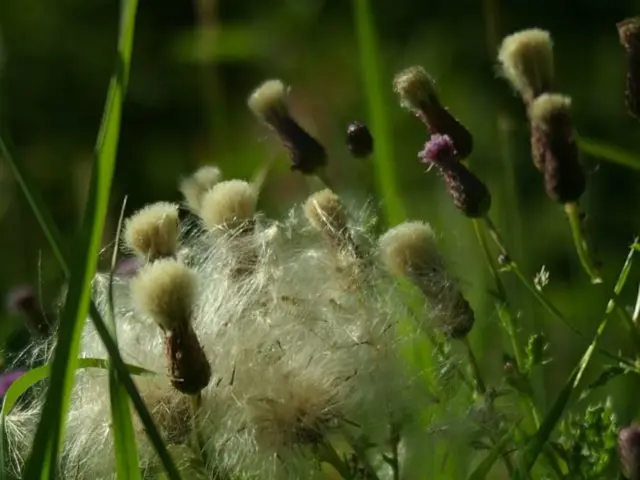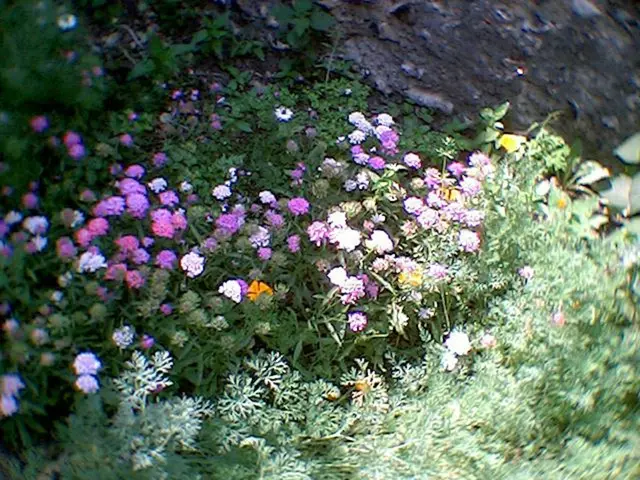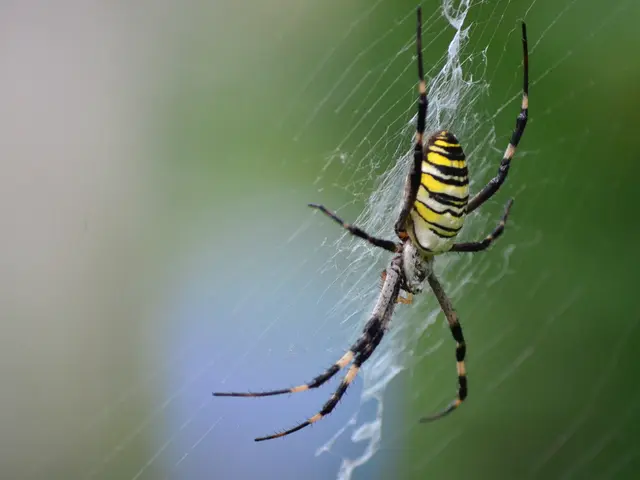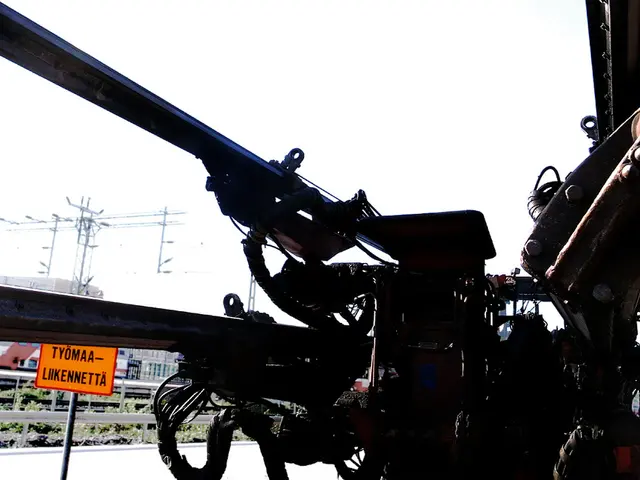Ideal Planting Time for Corn in Oklahoma: Discovering the Perfect Moment for a Plentiful Crop
In the heart of the American Midwest, Oklahoma is a prime location for corn cultivation. To ensure a bountiful harvest, it's essential to understand the ideal conditions for planting and the factors that influence corn growth.
The best time to plant corn in Oklahoma is during early to mid-spring, when the soil temperature reaches at least 59°F (15°C) and the soil is sufficiently moist. This seasonal window allows for uniform and quick germination, setting the stage for a successful crop. Planting too early, when soil temperatures are below 50°F (10°C), can inhibit seed germination and harm young plants due to cold stress and imbibitional chilling.
Corn prefers sandy soils since they warm up faster, but these types of soils may cause lower stands due to temperature fluctuations. It's worth noting that corn has a thirst for water but requires well-drained soil to thrive.
Temperature plays a crucial role in corn growth. Corn grows best when daytime temperatures are between 68–71°F (20–22°C) during critical maturity stages. Temperatures as low as 34–37°F (1–3°C) can cause damage to young plants. Adequate soil warmth is essential for germination and early growth, as cold soil conditions slow metabolism and increase vulnerability to seedling diseases.
Moisture is another vital factor, especially during the germination and grain fill stages. Hot and dry conditions in July and August can impair germination, emergence, seed set, or grain filling in Oklahoma.
Climate change is also impacting corn cultivation in the region. Changing precipitation patterns and extended growing seasons can increase pressure from pests like the corn earworm, which thrives in drier conditions. Integrated pest management strategies are helpful for controlling these pests in Oklahoma's cornfields.
When it comes to choosing the right corn variety, this decision can greatly impact the harvest. Early maturing varieties, such as "Early Sunglow" and "Golden Bantam," take around 70 to 80 days from planting to produce, are sweet, and have tender kernels. Late maturing varieties, like "Silver Queen" and "Country Gentleman," take about 90 to 100 days to grow, have larger yields, and are sweeter.
To plant corn in Oklahoma, seeds should be spaced about 12-15 inches apart, and rows should be 30-36 inches apart. A well-balanced soil pH, around 6.0 to 6.8, is ideal for corn. Fertilization is necessary after soil testing to ensure corn plants have the necessary nutrients for growth. Using nitrogen-rich fertilizers can promote better corn plant growth and yield.
Weed control strategies, such as crop rotation, mulching, and herbicides, are useful for managing weeds. Balancing mechanical and chemical methods is key. Drip irrigation or soaker hoses are efficient ways to water while fertilizing, keeping nutrients near the roots where they belong.
Before planting corn, it's important to mind the last frost date and conduct soil testing to check the soil pH and nutrient levels. Using organic matter like compost not only boosts nutrients but also helps the soil drain better, is superb for root development, and retains moisture. To avoid over-fertilizing, follow the recommended rates on the bag.
In summary, planting corn in Oklahoma in the spring when soil temperatures reach about 59°F and ensuring adequate moisture and warming soil conditions can lead to a successful harvest. Climate factors such as temperature, soil warmth, moisture availability, and evolving pest pressures influenced by climate change significantly affect corn growth and productivity in the state. With the right care and knowledge, Oklahoma farmers and gardeners can enjoy a plentiful corn harvest.
Gardening enthusiasts in Oklahoma might find home-and-garden projects that involve corn cultivation engaging, given the prime conditions for corn growth in the state. When it comes to lifestyle choices and home-and-garden endeavors, planting corn can be a rewarding endeavor, particularly during early to mid-spring when soil temperatures reach at least 59°F (15°C) and the soil is sufficiently moist. This attention to ideal planting conditions ensures not only a uniform and quick germination but also a successful crop, avoiding seed germination inhibition due to cold stress or imbibitional chilling that may occur if seeds are planted early.
